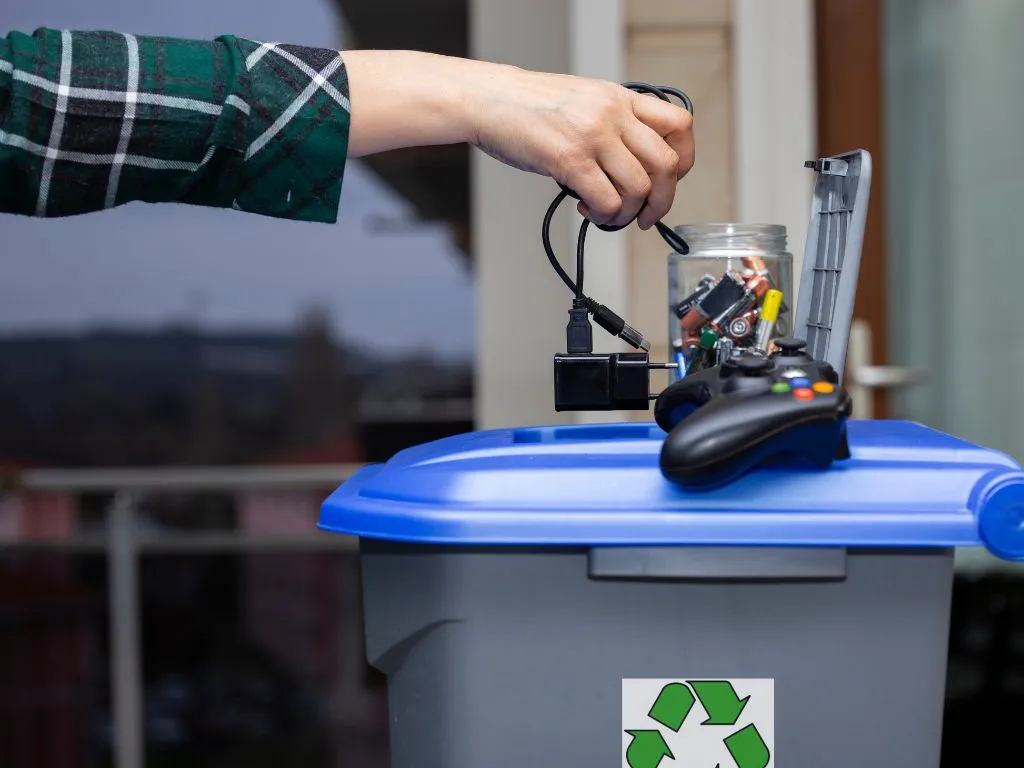Oct 10, 2025 | New Zealand Expands E-Waste Permit Requirements to Include Non-Hazardous Waste
New Zealand Expands E-Waste Permit Requirements to Include Non-Hazardous Waste

Importers and exporters in New
Zealand are reminded that from 25 July 2025, permits are required not only for hazardous
but also for non-hazardous e-waste shipments. This expansion of New Zealand’s
existing hazardous waste controls under the Hazardous Substances and New
Organisms (HSNO) framework aligns with changes to the Basel Convention.
Aligning with Basel Convention
Changes
The measure implements an
amendment to the Basel Convention on the Control of Transboundary Movements of
Hazardous Wastes and Their Disposal, which introduces new waste codes for
electronic waste: A1181 for hazardous e-waste under Annex VIII, and Y49 for
non-hazardous e-waste under Annex II. These updates aim to strengthen global
oversight of the e-waste trade and ensure proper treatment and recycling.
Permit Process and Obligations
The application process for
non-hazardous e-waste permits follows the same procedure as that for controlled
waste. Businesses involved in e-waste recycling, refurbishment, or export must
hold a valid EPA permit before shipment, in order to comply with the Basel
Convention’s prior informed consent requirements.
Clarifying the Scope
Hazardous e-waste usually
comprises discarded electronic products containing or contaminated by
substances such as heavy metals, PCBs, or brominated flame retardants.
Non-hazardous e-waste refers to electrical or electronic equipment and
components that do not contain such hazardous constituents in concentrations
that would trigger classification as hazardous waste.
Further information, including
guidance and application forms for import and export permits, is available on EPA’s
e-waste permits webpage here.
We acknowledge that the above information has been compiled from Environmental Protection Authority New Zealand
Originally published on Global Product Compliance.
Submit your email ID to receive notifications about upcoming courses and events

